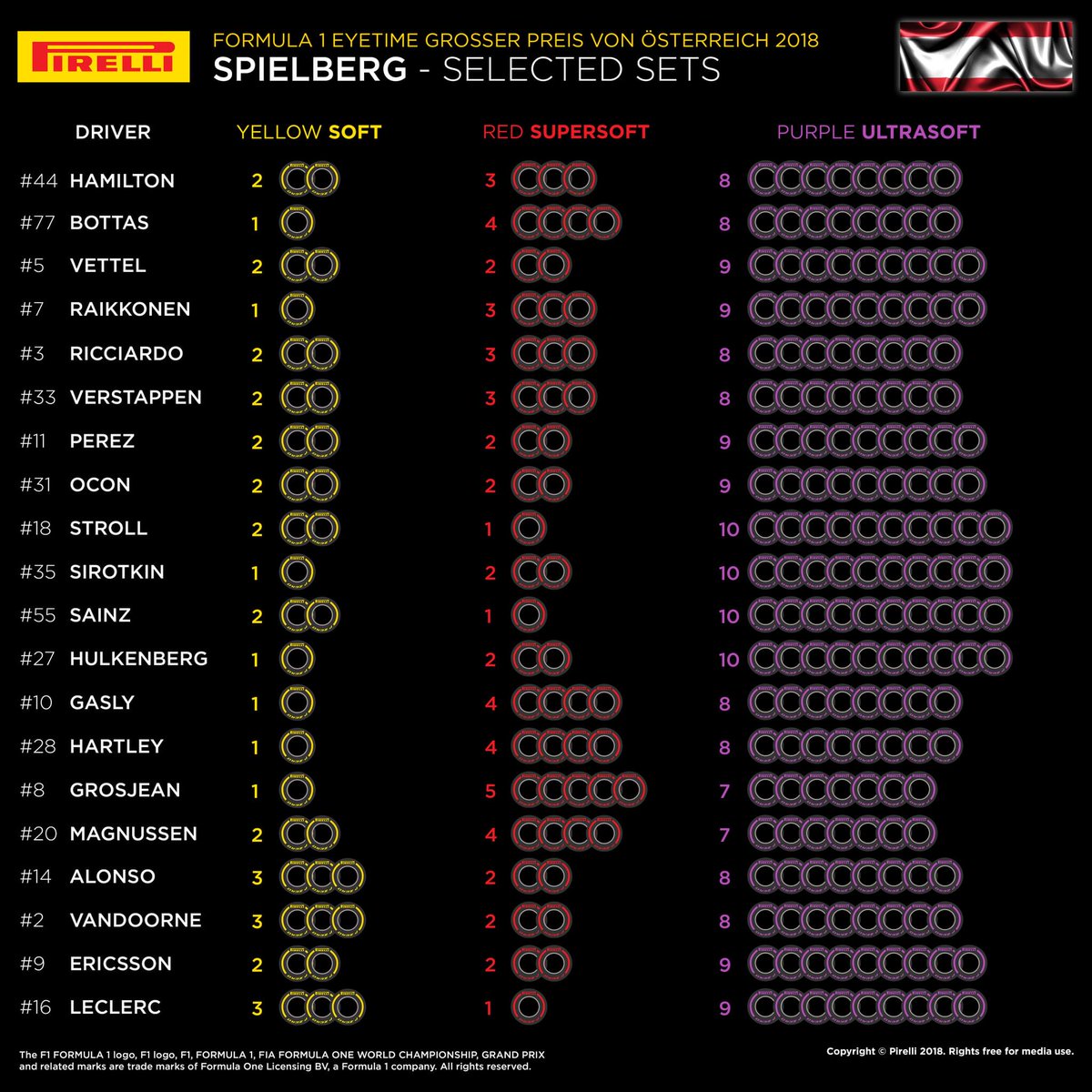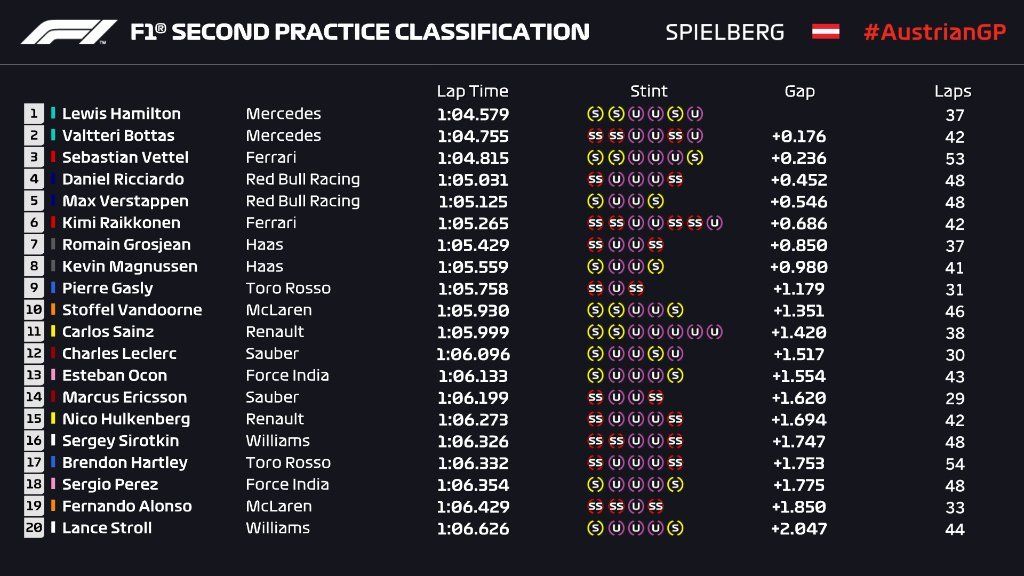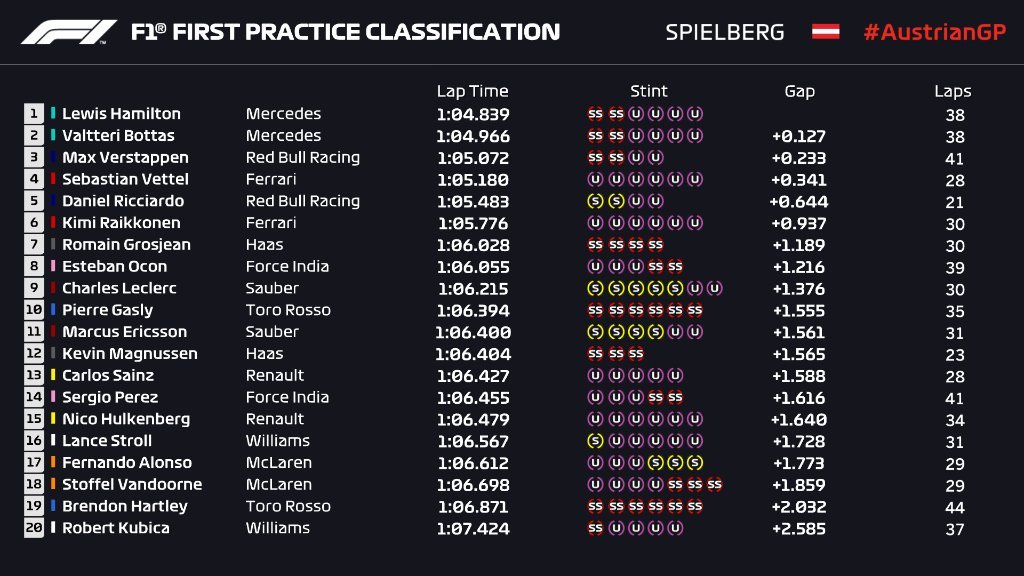There will be a car in Austria this weekend that should be regarded as one of the most famous ever made. It's a silver-grey colour and in most respects not that remarkable. The chap who drove around in it was an extremely divisive figure. Arrogant and authoritarian, loved by many but equally hated by a good many as well.
Lewis Hamilton and his Mercedes?
No.
The car in question sits in the Museum of Military History in Vienna. It's a Graf and Stift Automobile and was the car in which Archduke Franz Ferdinand, heir to the Austrian throne, and his wife Sophie were murdered on the 28th of June 1914. Just 30 days later and the powers of Europe entered into a war that in four years would see around 31 million (just get that number around your head) people who had taken up arms, killed, wounded or missing in action and the deaths of around 8 million civilians.
At the end of the war, the so-called war to end all wars, Europe was left shattered and broken. The victorious powers took their revenge on the Central powers, dismantling the old orders, pulling apart the Austro-Hungarian empire and in the Treaty of Versailles, attempting to ensure such a thing could never happen again.
The disaffected soldiers of the Central Powers returned home to find a collapsed economy, fragile leadership and no real hope. While the great depression badly affected the globe, it created in central Europe the seeds for another power to rise. The leader of the National Socialists was a down on his luck, former Army Corporal, born in Austria but now settled in Munich. His rise to power has been well documented.
After the second world war the Allied Powers showed they had learnt their lesson from the failures of Versailles and a great deal of effort went in to re-building German industry. Great car makers such as Daimler-Benz and Volkswagen were soon turning out vehicles at an impressive rate. Mercedes dominated for a few years in Formula 1, taking back their place at the head of Grand Prix racing they'd held with their great rivals Auto Union during the inter war years.
Austria had never produced formula 1 cars but they certainly produced great drivers and two of the best known were the 1970 world champion Jochen Rindt and the triple world champion Niki Lauda.
Then in 1987, a drinks company was formed in Austria, modifying an energy drink already on sale in the far east, it became known worldwide as Red Bull. Already involved in sponsoring F1 cars, they eventually purchased the remains of the Jaguar team in 2004 and in 2005, Red Bull Racing was born. Much like Benetton before them, Red Bull took a while to establish themselves in F1, all this changed when along came a German. One Sebastian Vettel. Quickly taking the team to the top step of the podium and then on to drivers and constructors world championships, Austria could now lay claim to having both World Champion Drivers and a World Champion team. Something that America, the great bastion of the motor car cannot yet claim.
Red Bull saw an opportunity to bring F1 back to Austria in the shape of the Red Bull Ring. Formally known as the A1 Ring and before that, the fearsome, Osterreichring and it is here that we will find ourselves this weekend.
Finally, one last bizarre fact that will take us back to where we started.
The First World War ended on the 11th of November 1918. The 100th anniversary will be this year.
The 11th of November 1918 can be written as 11/11/18
The registration plate of the car in which the Archduke was killed?
A111118
Bizarre but true.
Lewis Hamilton and his Mercedes?
No.
The car in question sits in the Museum of Military History in Vienna. It's a Graf and Stift Automobile and was the car in which Archduke Franz Ferdinand, heir to the Austrian throne, and his wife Sophie were murdered on the 28th of June 1914. Just 30 days later and the powers of Europe entered into a war that in four years would see around 31 million (just get that number around your head) people who had taken up arms, killed, wounded or missing in action and the deaths of around 8 million civilians.
At the end of the war, the so-called war to end all wars, Europe was left shattered and broken. The victorious powers took their revenge on the Central powers, dismantling the old orders, pulling apart the Austro-Hungarian empire and in the Treaty of Versailles, attempting to ensure such a thing could never happen again.
The disaffected soldiers of the Central Powers returned home to find a collapsed economy, fragile leadership and no real hope. While the great depression badly affected the globe, it created in central Europe the seeds for another power to rise. The leader of the National Socialists was a down on his luck, former Army Corporal, born in Austria but now settled in Munich. His rise to power has been well documented.
After the second world war the Allied Powers showed they had learnt their lesson from the failures of Versailles and a great deal of effort went in to re-building German industry. Great car makers such as Daimler-Benz and Volkswagen were soon turning out vehicles at an impressive rate. Mercedes dominated for a few years in Formula 1, taking back their place at the head of Grand Prix racing they'd held with their great rivals Auto Union during the inter war years.
Austria had never produced formula 1 cars but they certainly produced great drivers and two of the best known were the 1970 world champion Jochen Rindt and the triple world champion Niki Lauda.
Then in 1987, a drinks company was formed in Austria, modifying an energy drink already on sale in the far east, it became known worldwide as Red Bull. Already involved in sponsoring F1 cars, they eventually purchased the remains of the Jaguar team in 2004 and in 2005, Red Bull Racing was born. Much like Benetton before them, Red Bull took a while to establish themselves in F1, all this changed when along came a German. One Sebastian Vettel. Quickly taking the team to the top step of the podium and then on to drivers and constructors world championships, Austria could now lay claim to having both World Champion Drivers and a World Champion team. Something that America, the great bastion of the motor car cannot yet claim.
Red Bull saw an opportunity to bring F1 back to Austria in the shape of the Red Bull Ring. Formally known as the A1 Ring and before that, the fearsome, Osterreichring and it is here that we will find ourselves this weekend.
Finally, one last bizarre fact that will take us back to where we started.
The First World War ended on the 11th of November 1918. The 100th anniversary will be this year.
The 11th of November 1918 can be written as 11/11/18
The registration plate of the car in which the Archduke was killed?
A111118
Bizarre but true.







